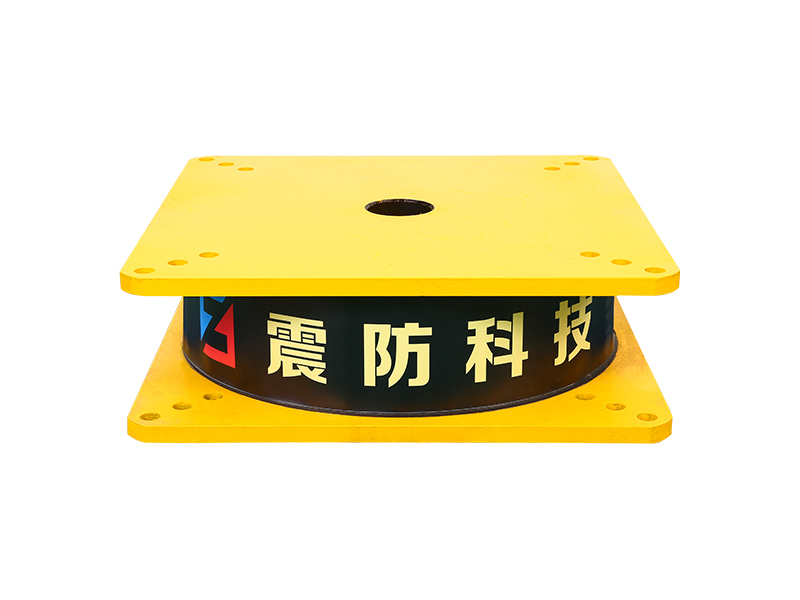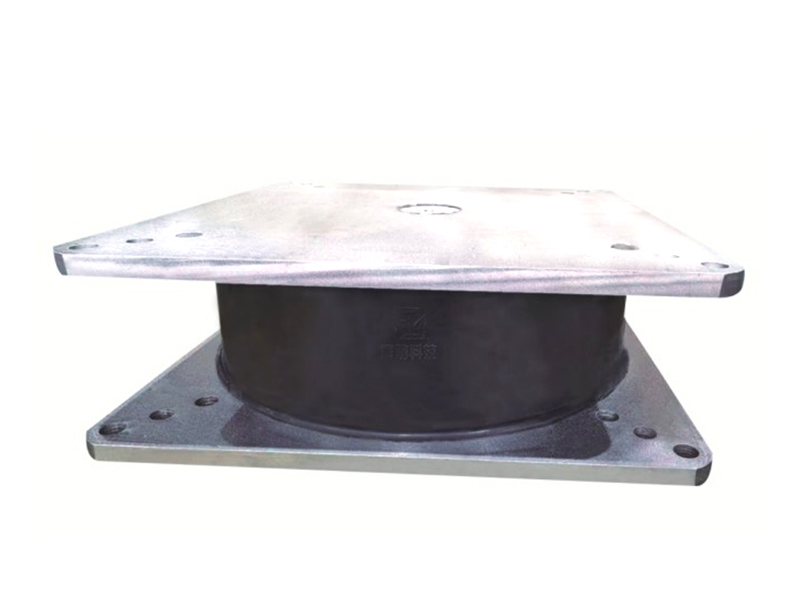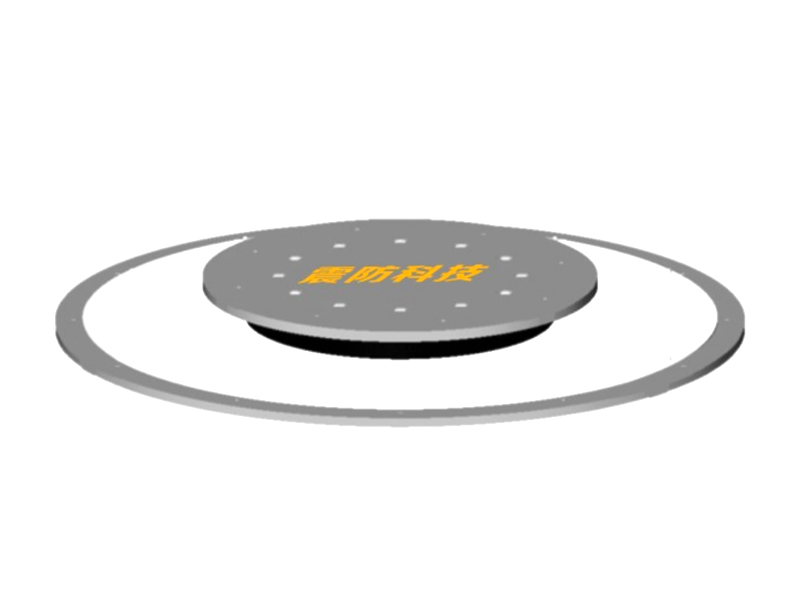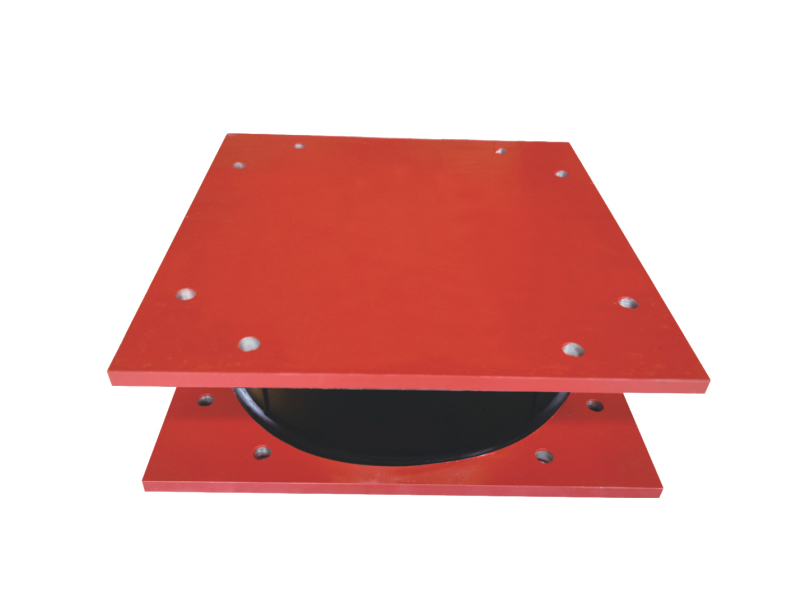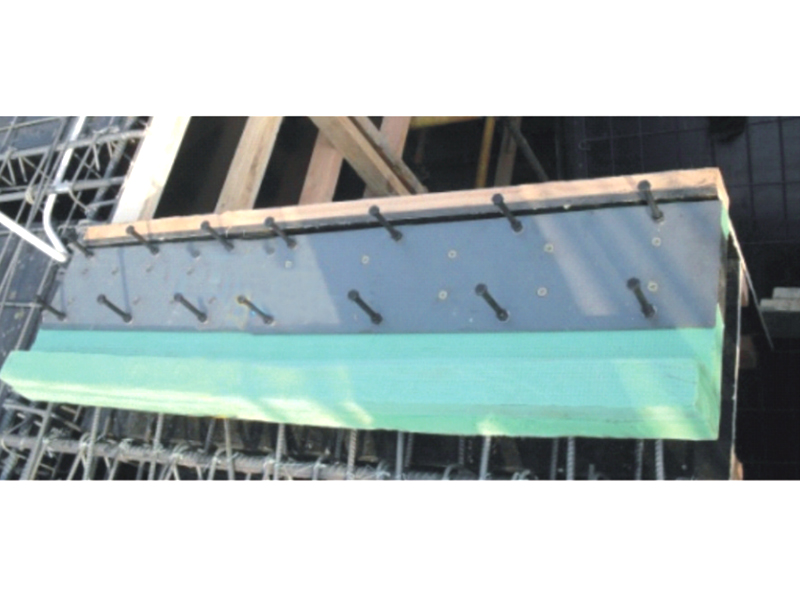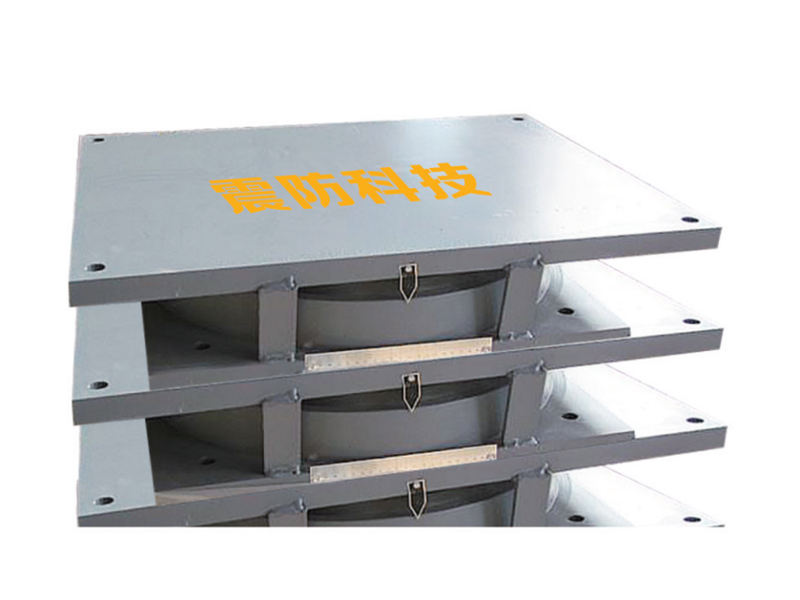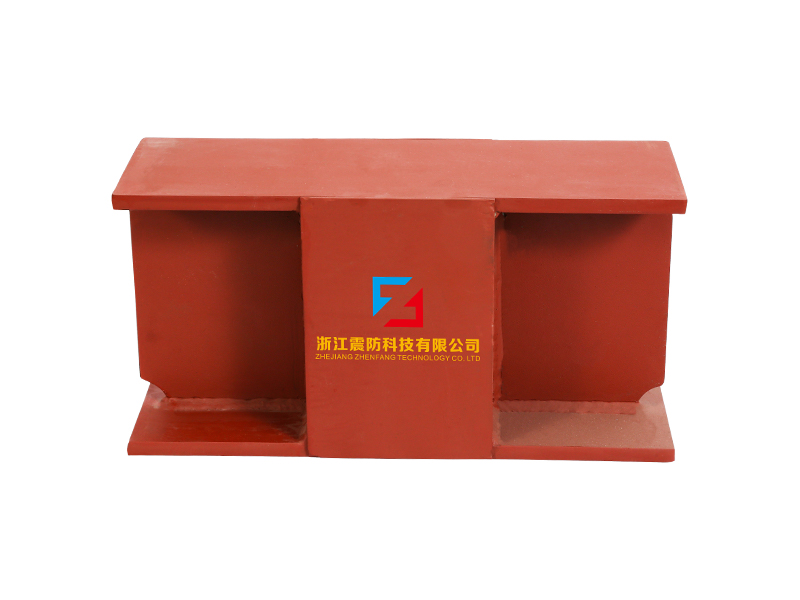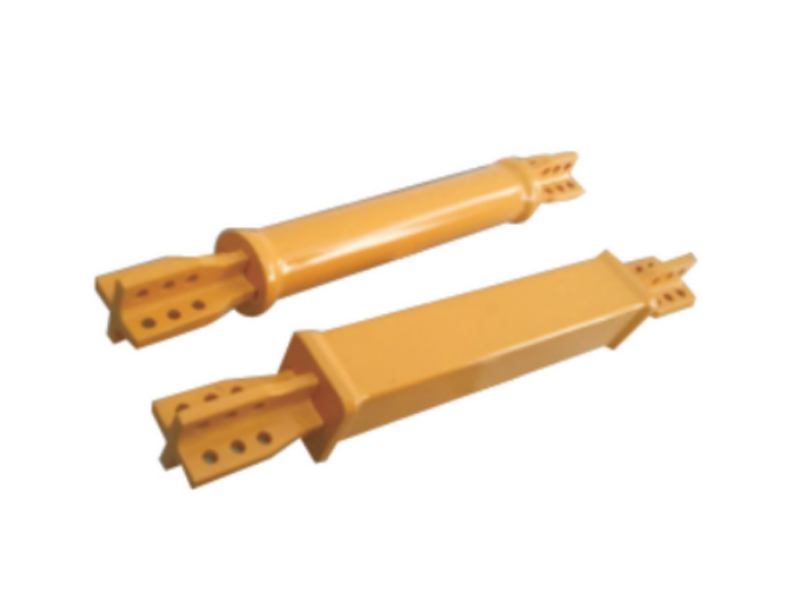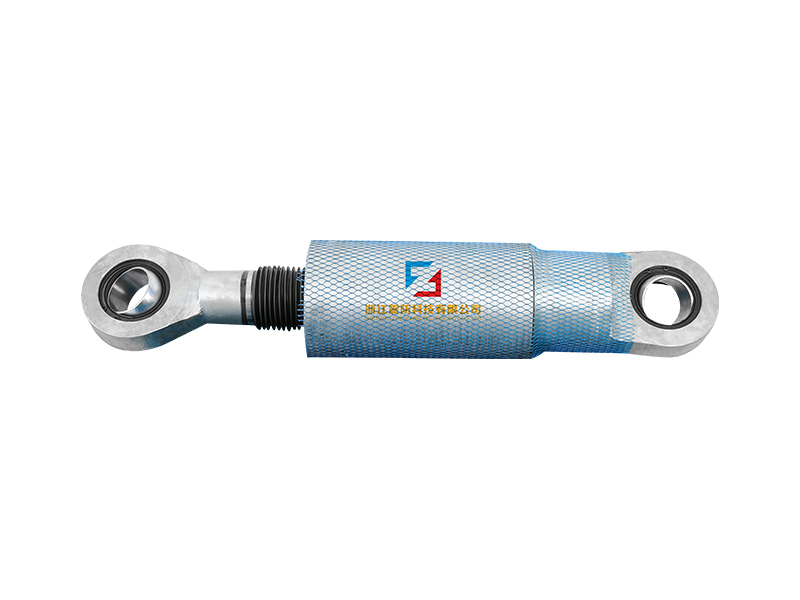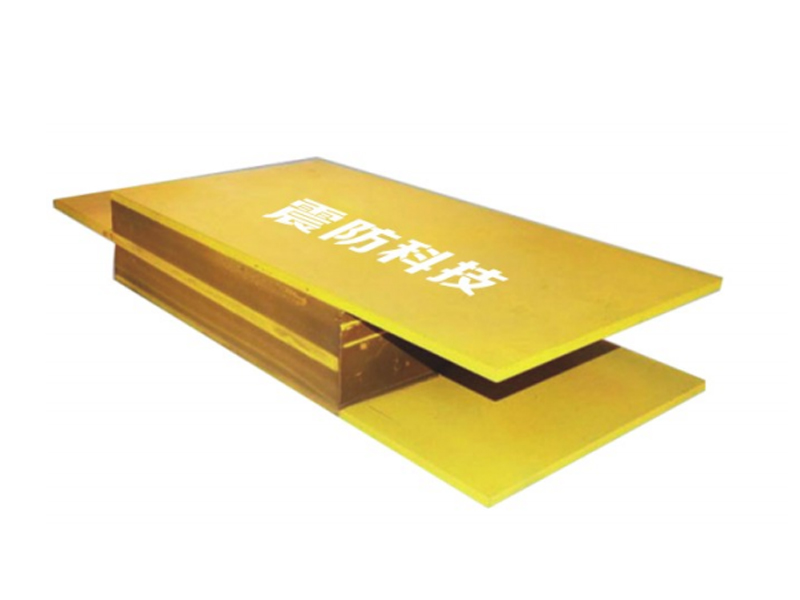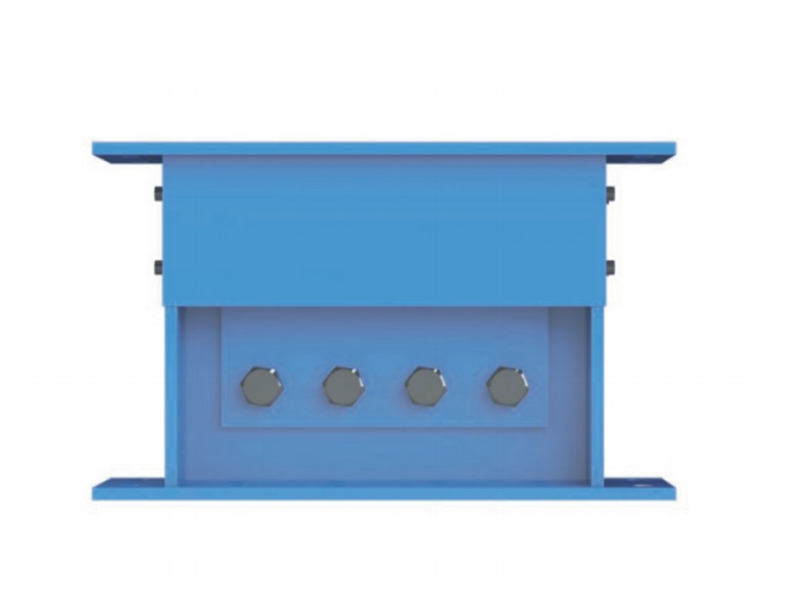In the realm of structural engineering, a silent hero is taking center stage – the
Metal Damper. This unassuming yet powerful component is revolutionizing the way structures respond to dynamic forces, offering enhanced stability, reduced vibrations, and improved resilience against seismic events. As the demand for smarter and more efficient engineering solutions grows, metal dampers have emerged as a key player in ensuring the safety and longevity of structures worldwide.
Metal dampers, commonly known as tuned mass dampers or simply tuned dampers, are precision-engineered devices designed to absorb and dissipate vibrational energy in structures. These dampers utilize the principles of mechanical resonance to counteract the natural frequencies of a building or structure, effectively reducing oscillations caused by external forces such as wind, seismic activity, or machinery-induced vibrations.
One of the primary applications of metal dampers lies in their role as seismic dampers, providing crucial support in earthquake-prone regions. The strategic placement of these dampers within a building helps mitigate the impact of seismic forces by absorbing and dissipating energy during an earthquake. This not only minimizes structural damage but also ensures the safety of occupants, making metal dampers an invaluable tool in earthquake engineering.
In regions prone to high winds, such as coastal areas, tall buildings can experience swaying motions that may impact occupant comfort and safety. Metal dampers offer an effective solution to mitigate these wind-induced vibrations. By introducing a counteracting force that opposes the building's natural frequency, metal dampers reduce the amplitude of swaying, ensuring a more stable and comfortable experience for occupants.
The versatility of metal dampers extends to industrial applications, where machinery-induced vibrations pose challenges to both equipment performance and worker well-being. By strategically integrating tuned dampers into machinery or structures, engineers can effectively reduce vibrations, minimizing wear and tear on equipment and ensuring a quieter and more efficient work environment.
One of the key advantages of metal dampers is their ability to provide precise tuning to specific frequencies. This level of customization allows engineers to tailor the dampers to the unique characteristics of a structure, ensuring optimal performance in a wide range of scenarios. The ability to target specific frequencies makes metal dampers a versatile solution for structures with varying dynamic loads.
In addition to their functional benefits, metal dampers contribute to the longevity and sustainability of structures. By reducing the impact of dynamic forces, these dampers help extend the lifespan of buildings and infrastructure, minimizing the need for frequent repairs and maintenance. This not only leads to cost savings but also aligns with the growing emphasis on sustainable engineering practices.
The effectiveness of metal dampers is not limited to new construction projects; they can also be retrofitted into existing structures to enhance their resilience. This retrofitting approach has become increasingly popular as engineers seek to upgrade the safety and performance of older buildings, ensuring they meet modern standards for structural stability and vibration control.
As materials science and engineering technology continue to advance, researchers are exploring innovative materials and designs for metal dampers. The integration of smart materials and sensors holds the potential to create adaptive dampers that can dynamically adjust their properties based on real-time data. This evolution in damper technology promises even more sophisticated and responsive solutions for future engineering challenges.
In conclusion, metal dampers stand as a testament to the marriage of precision engineering and materials science in the pursuit of structural stability and resilience. Whether facing the forces of earthquakes, high winds, or machinery-induced vibrations, these unassuming devices play a crucial role in ensuring the safety, comfort, and longevity of structures. As the world continues to embrace smart and sustainable engineering solutions, metal dampers emerge as an indispensable tool in the arsenal of engineers working towards a more resilient and stable built environment.
